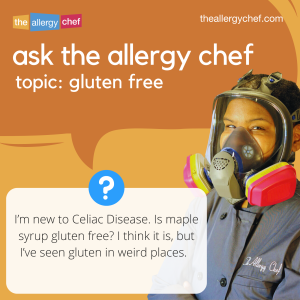Wether you call it maple syrup, pancake syrup (not actually maple syrup), or pure maple syrup, you may be wondering if maple syrup is gluten free. First, let’s look at the short answer, then let’s dive into the details.
On the surface, by main ingredients only, yes, maple syrup is gluten free and is safe to consume on a gluten-free diet or if you have Celiac Disease. However, this blanket statement only applies to pure 100% maple syrup.
You’ll need to check the ingredients list as some brands add filler ingredients such as high fructose corn syrup, regular corn syrup, artificial flavors, artificial colors, caramel color, malt products, and so on. The issue is that some of these additional/filler ingredients can potentially be gluten-containing products/ingredients.
How to Determine if You’re Purchasing Gluten Free Maple Syrup
There are several steps you can take to see if a product is truly gluten free. Ingredient lists will be your first line of defense. When you flip over maple syrup bottles, near the nutritional information, you’ll usually see a list of ingredients. If the only ingredient listed is “maple syrup”, you’re most likely in the clear. However, if you see additional ingredients, you’ll need to investigate further. Here are ingredients that are potential red flags:
- Artificial Ingredients
- Caramel Color
- Malt Syrup (99% of the time is derived from barley which equates to added gluten)
- Monk Fruit (some brands have a high rate of gluten cross contact and isn’t suitable for everyone with a gluten intolerance)
- Natural Flavorings
When you see these ingredients, you’ll need to reach out to the manufacturer to confirm their product is truly gluten free. Some companies have the information directly on the website, so start there.
Whilst these products aren’t guaranteed to have gluten in them, when I see them in stores, I check labels very carefully, and reach out to companies before purchasing them:
- Low Carb Syrup (things like wheat starch [derived from wheat flour] can be used as a thickener)
- Flavoured Syrups
- Artificial Maple Syrup or Imitation Syrup
- Keto Maple Syrups
Purchasing Pure Maple Syrup
There are many different types of syrups labeled as “maple syrup”. When you see these terms on the ingredient label (as the only single ingredient), it should indicate that the product is gluten free:
- Pure Maple Syrup
- Organic Maple Syrup
- Natural Maple Syrup
- Grade A Maple Syrup
- Grade B Maple Syrup
- Pure Canadian Maple Syrup
- Pure Vermont Maple Syrup
These products won’t always come with a gluten-free label or gluten free certification. That’s because a lot of maple syrup producers are small companies, and certification can be rather expensive.
Related Articles
- How to go Gluten Free: What to do When You’re Newly Diagnosed (an excellent read if you’re new to managing a gluten sensitivity)
- Hidden Sources of Wheat and Gluten
- Cross-Contact/Contamination
- Visual Explanation of 20PPM (Parts Per Million)
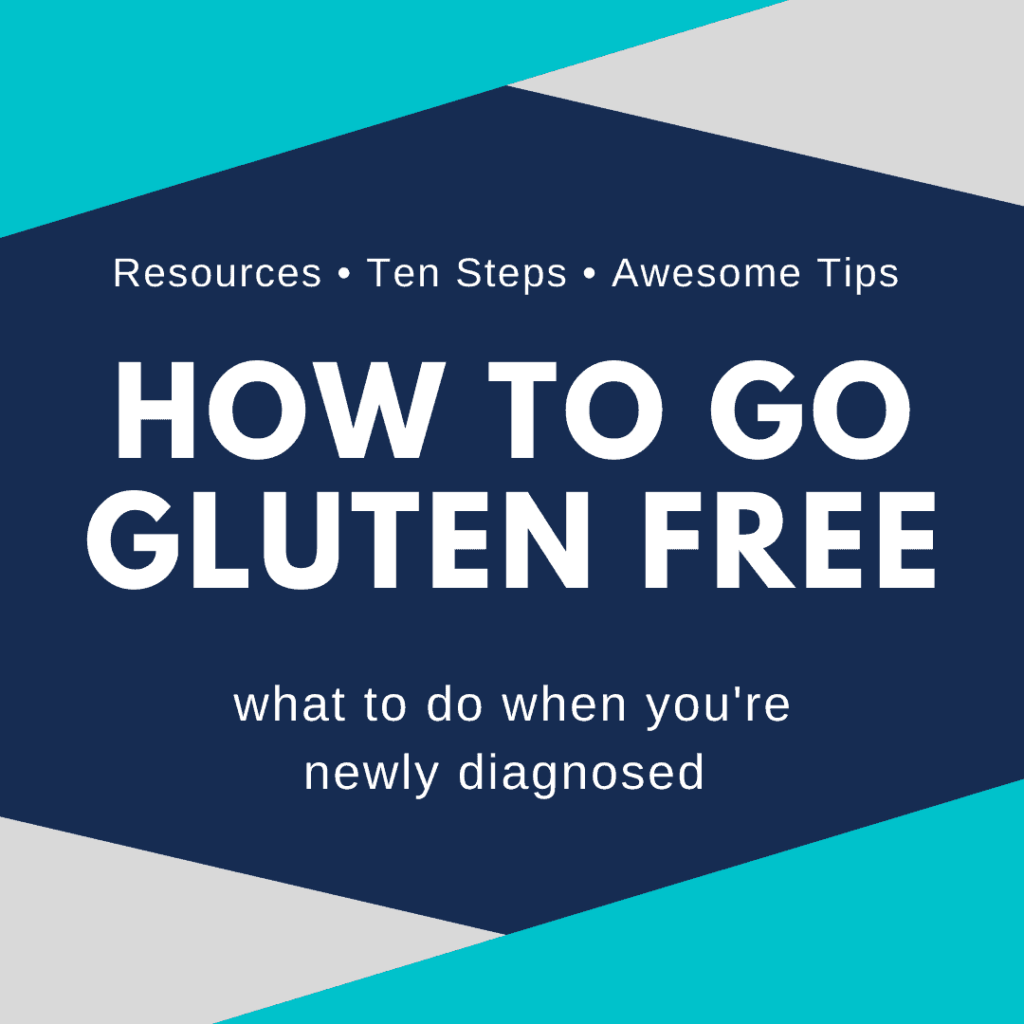 |
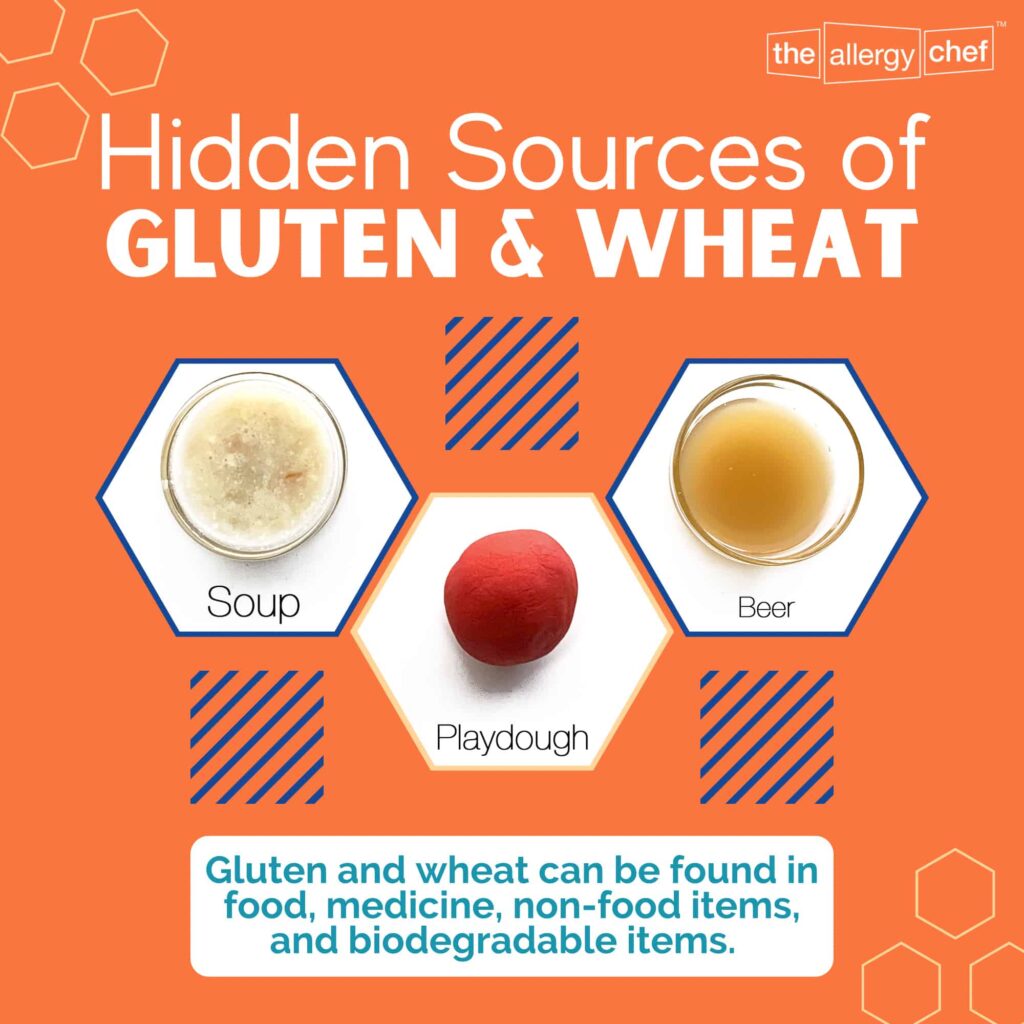 |
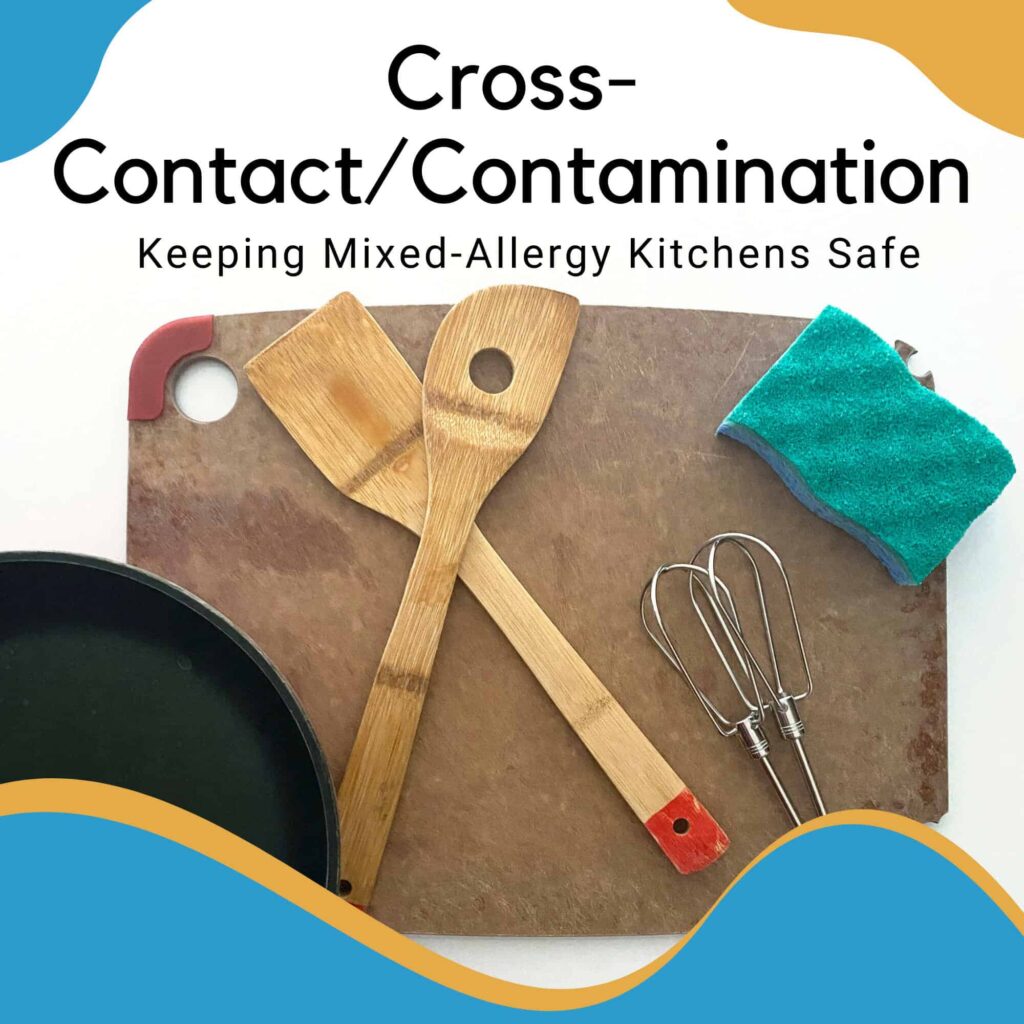 |
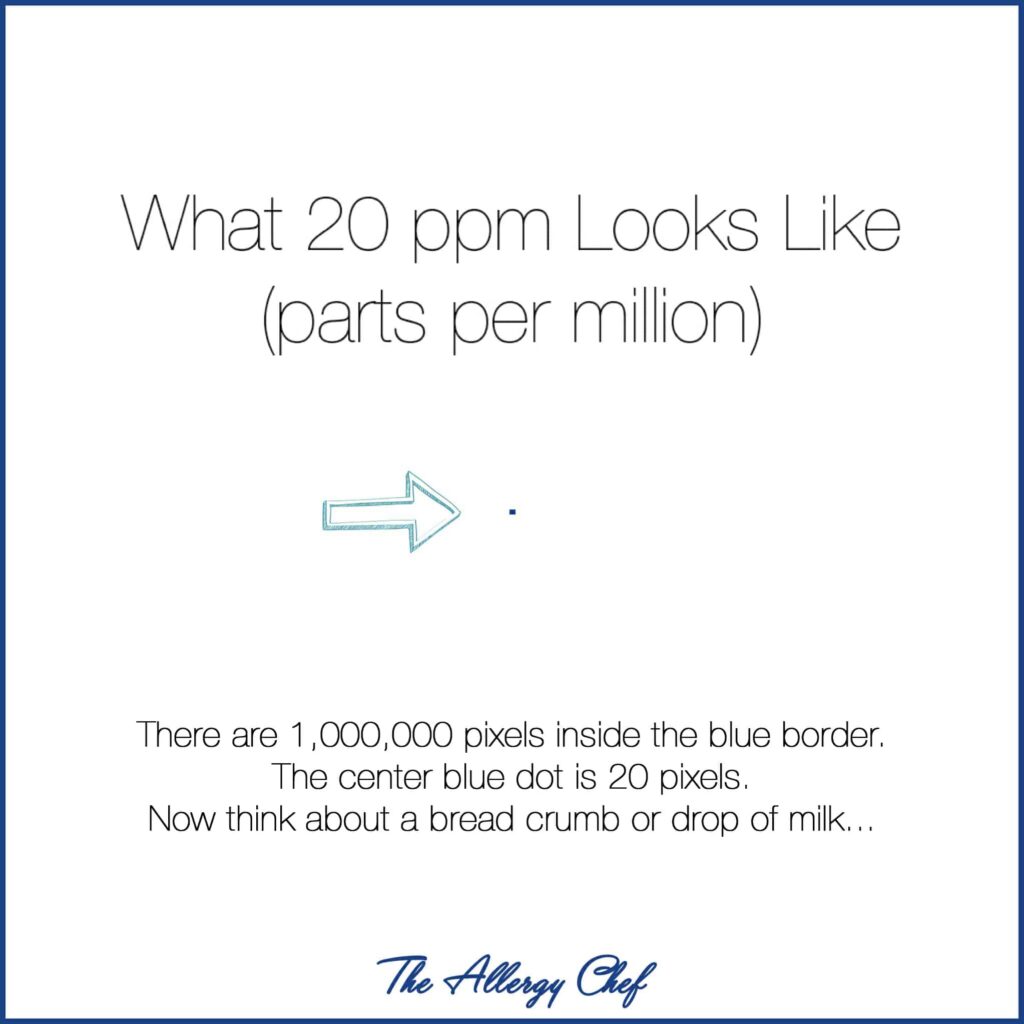 |
Traces of Gluten in Maple Syrup
So, now we have to dive into the details. Here’s the thing about gluten-free products no one is talking about enough: shared equipment and shared facilities. The sharing of equipment can leave trace amounts of gluten in products that are labeled gluten free. The only way to learn about this is to reach out to companies and ask about the manufacturing process. Some companies will include shared equipment in their allergen statements or on their website (usually under the FAQ).
You also need to ask how often they test batches. Some companies that make food on shared equipment with gluten ingredients test every batch for your safety. On the other hand, I’ve talked to some brands that only test once per year. Only you can determine what you’re comfortable with and willing to eat. A detailed food journal can also help you keep track of the foods you’re eating so you know if something isn’t going down well.
An easy way to avoid shared equipment is to choose small brands of maple syrup rather than big name brands. Small farms are usually producing syrup right on the farm (with sap from their own maple trees), on their own equipment. Larger brands are more likely to be using a co-packer, which increases the potential for shared equipment and cross-contamination. Additionally, larger brands may be sourcing sap from many farms, with each one having its own allergen information.
Know the Defoamer
Here’s another little known fact about maple syrup: defoamers are used when making it. As maple is heated, foam is produced. A small amount of a defoamer is added to the mix to eliminate the foam. Each farm will use something different. It’s incredibly rare that a farm would use wheat or gluten-containing ingredients. However, corn derived ingredients and dairy ingredients such as cream have been used regularly.
If you’re more than gluten and/or wheat free, be sure you know how your syrup is made. This is another reason why I prefer to source my gluten free maple syrup from small farms and brands that have full control over their product.
Related: Gluten Free Pancake Recipes & French Toast Recipes
- Amazing Gluten Free Fluffy Pancakes Recipe
- Zucchini Maple Pancakes (these are great gluten-free pancakes to use in lunch boxes)
- Egg & Dairy Free Vegan French Toast Recipe
- Truly Corn Free French Toast Recipe (Grain Free, Paleo, AIP Paleo)
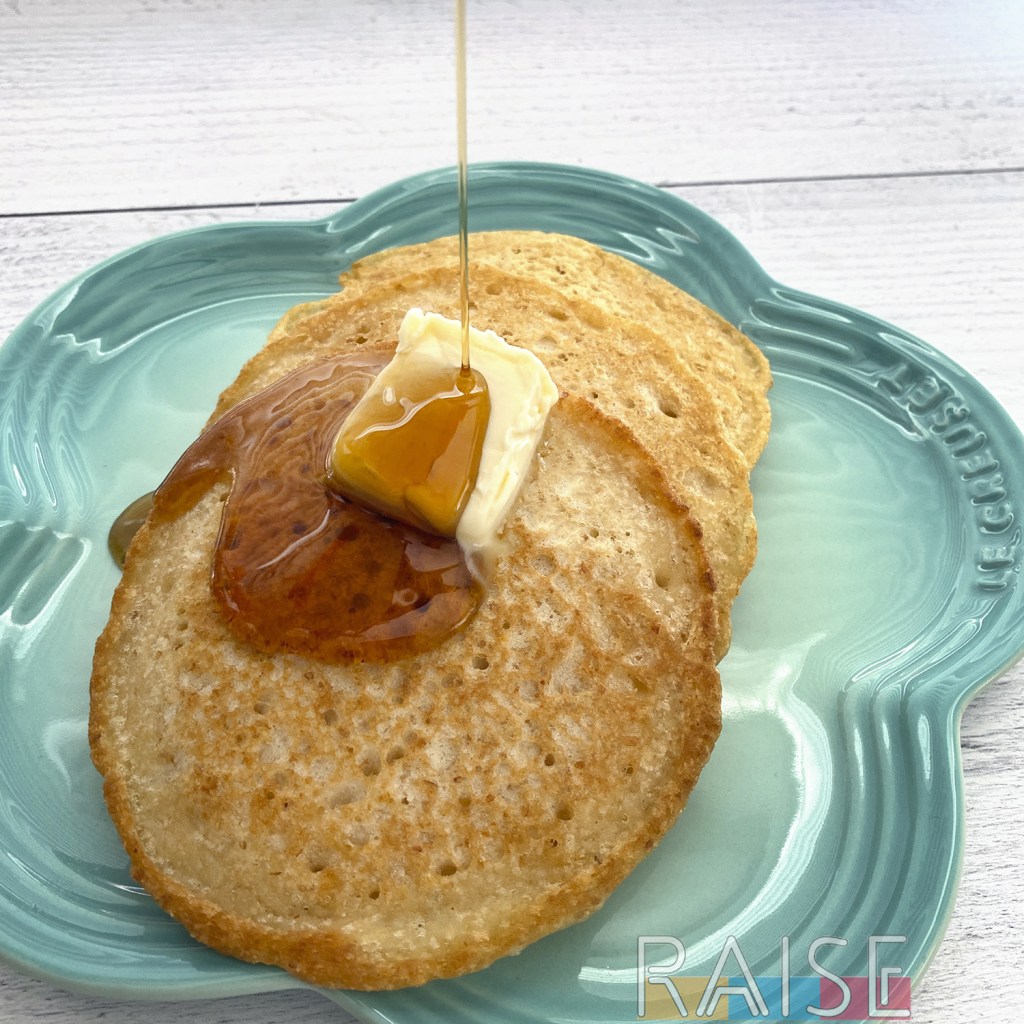 |
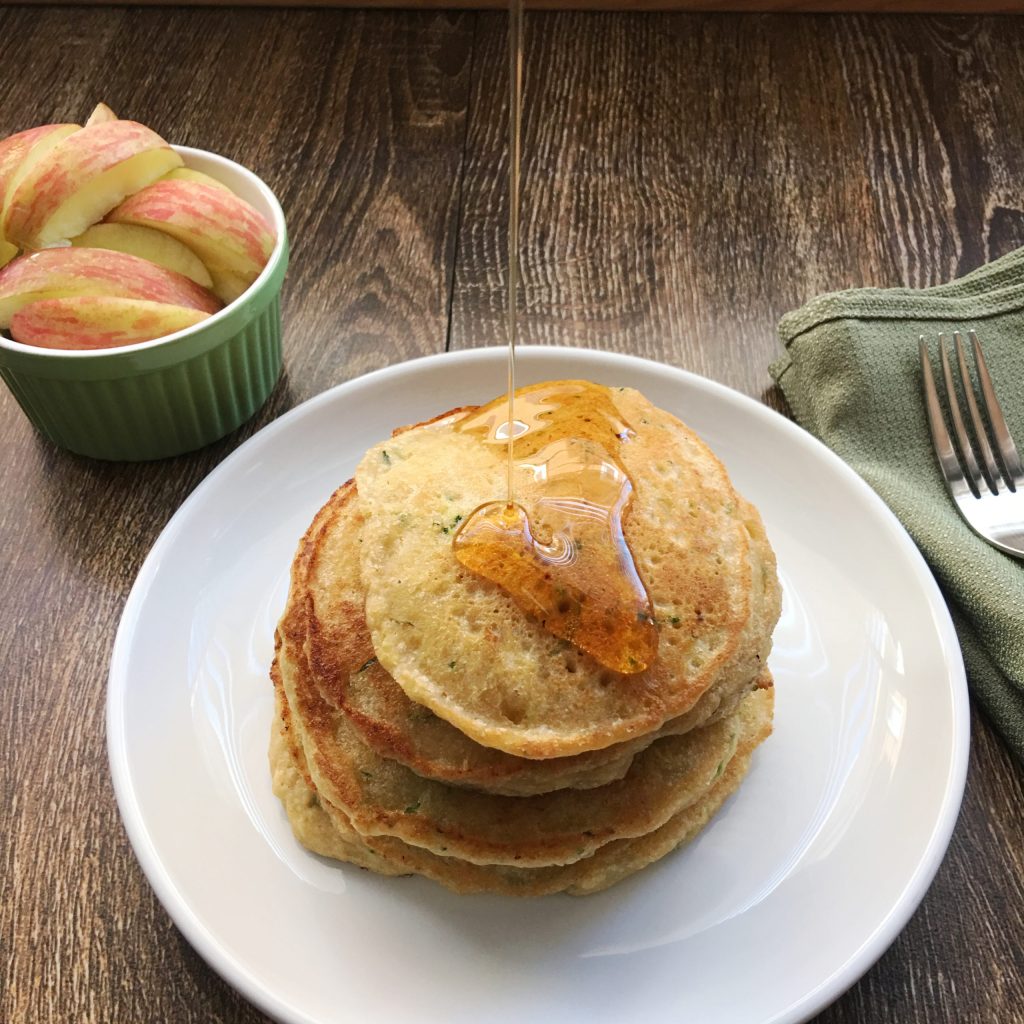 |
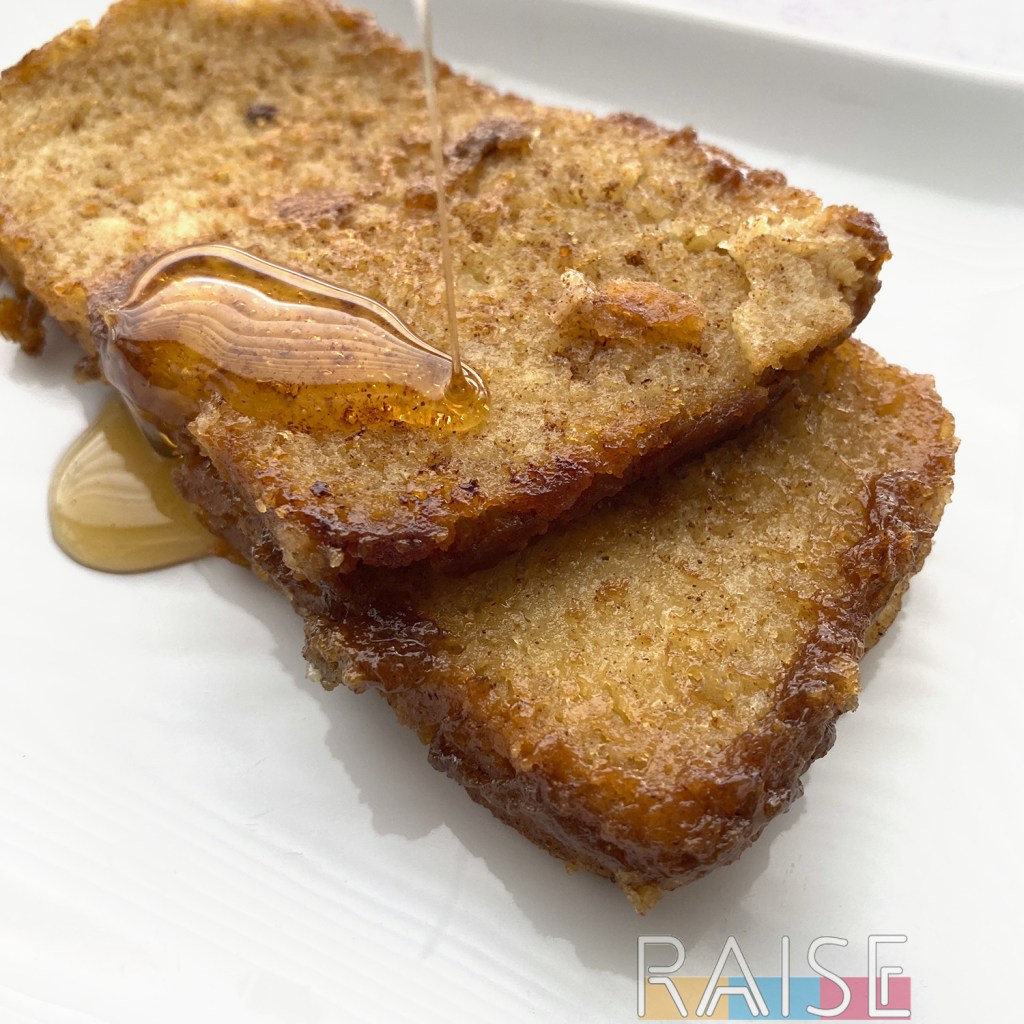 |
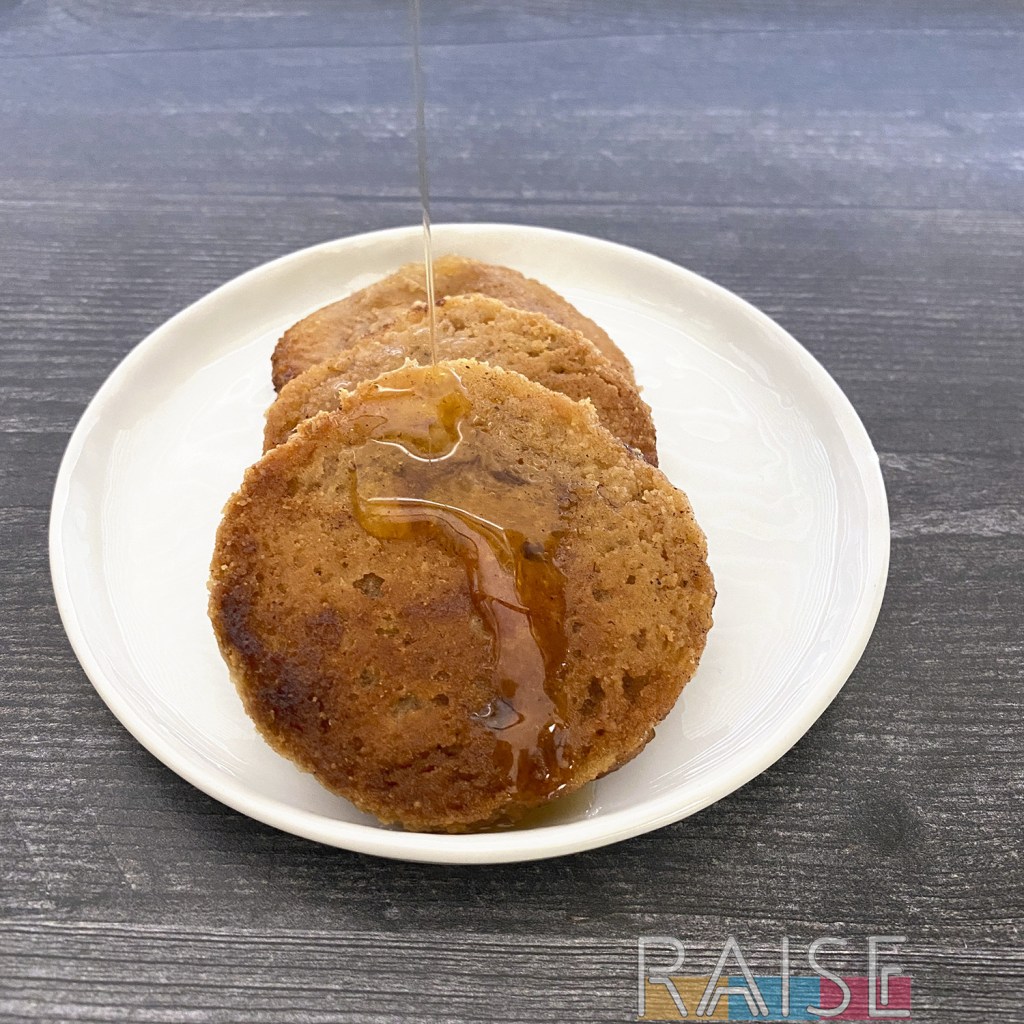 |
Answering Your Gluten Free Maple Syrup Questions
What are your favorite brands of gluten free maple syrup?
There are so many maple syrups on the market today. For people with food allergies, Celiac Disease, and other dietary restrictions, I have six favorite maple syrup brands:
- Kirkland Organic (from Costco, very affordable, but call because sometimes it’s made on shared equipment with wheat)
- Sap Jack (truly corn free brand of maple syrup, usually only available online)
- Sugar Maple Farms (another truly corn free brand, olive oil is their defoamer, they ship nationwide, ordering is a weird process but worth it)
- Matter Family Farms (truly corn free brand of maple syrup, owner has food allergies so she gets it, organic canola oil is their defoamer)
- Whole Foods 365 Brand Organic Maple Syrup (last I checked, not made on shared equipment with wheat or gluten)
- Shady Maple Farms
I’m sure there are other great gluten free and allergy friendly maple syrup brands to choose from, but these are the six that I’ve had the best results with.
Are there any alternatives to maple syrup?
I have good news for you: there are a lot of alternatives to choose from. However, the application will determine which alternative to use. Here are some of the best alternatives to maple syrup:
- Agave
- Apple Syrup
- Brown Rice Syrup
- Date Syrup
- Golden Syrup
- Honey (not a vegan product)
- Sorghum Syrup
- Sweet Potato Syrup (yup, that’s a thing)
If you’re replacing maple syrup in large amounts, you may want to use a swap that’s lighter in flavour, as to avoid overwhelming your tastebuds. Additionally, some of these swaps work better in cooking rather than baking. You’ll also want to factor in cost when choosing a maple syrup alternative. Some of my top picks are pretty pricey when compared ounce for ounce to maple syrup.
Is Aunt Jemima Syrup gluten free?
Aunt Jemima Syrup, now called the Pearl Milling Company, makes a few different products. I decided to take a look at the Aunt Jemima Pancake Syrup (original) and here are the ingredients: corn syrup, high fructose corn syrup, water, cellulose gum, caramel color, salt, natural and artificial flavor, sodium benzoate, and sorbic acid (preservatives), and sodium hexametaphosphate.
The possible gluten-containing ingredients would be the caramel color, and the natural & artificial flavors.
You’d need to reach out to the company to find out what these are derived from. The best wheat/gluten allergy advice I can give you is this: when you reach out to a company, if they aren’t fully transparent about ingredients and use terms such as “proprietary”, walk away. It’s not worth your time, energy, or health risk.

